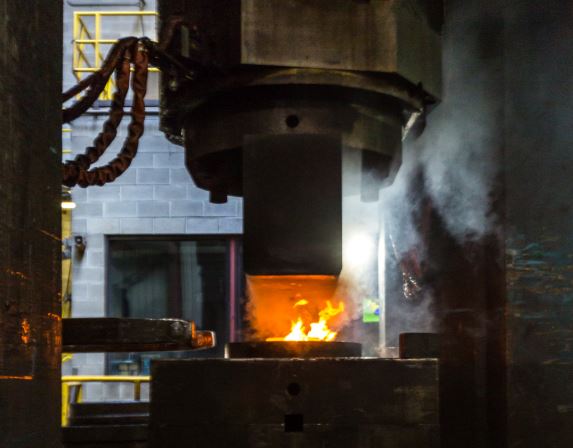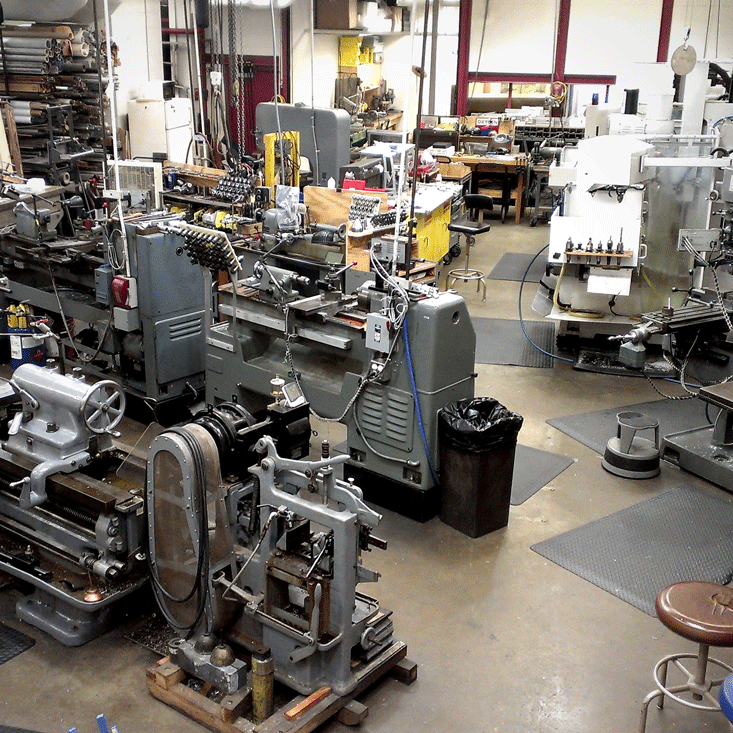Open die forging, also known as free forging, is when the piece of metal is deformed between multiple dies that do not enclose the metal entirely. The dies hammer and stamp the metal through a series of movements to alter its dimensions until the desired shape is achieved. Closed die forging, also known as impression forging, utilizes pressure to compress the metal piece to fill an enclosed die impression. A medium frequency induction heating furnace is used to heat the metal to get the desired shapes. As the dies press together, the material is forced to fill the impressions, and the excess metal (flash) is squeezed out. Die forging is the best method to meet tolerances, and results in finished parts that are completely filled and produced with the least amount of flashing. Open-die forging offers better fatigue resistance and improved microstructure, continuous grain flow and fine grain size, increased strength, less material waste, reduced chance of voids, and cost savings. Closed-die forging offers better surface finish, no material limitation, is economic for large product runs, allows tighter tolerances and net shapes to be achieved, and the internal grain structure formation increases the product’s tightness and strength.










